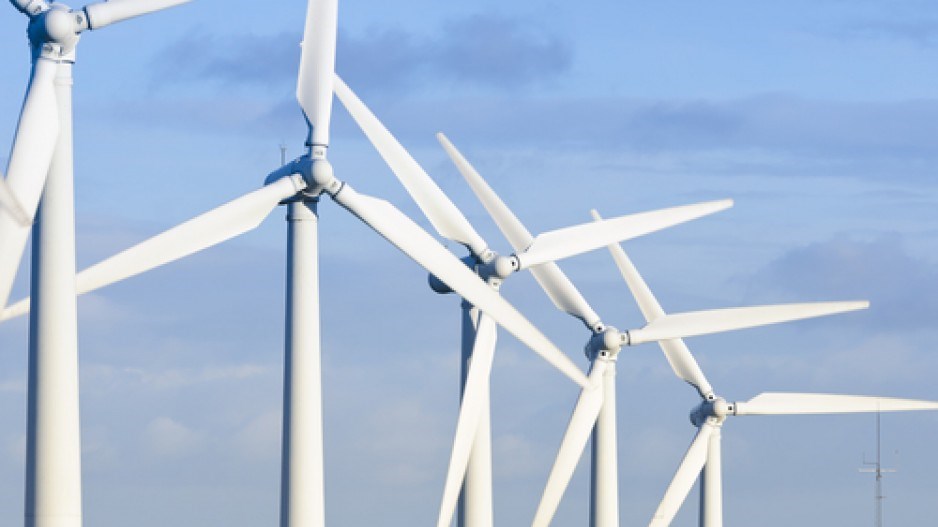So on November 2, when federal Environment Minister Catherine McKenna announced a new government procurement policy that will require federal operations to move to 100% renewable power by 2025, it didn’t get a lot of play.
But those in Canada’s clean-power industry say the policy could be a significant one, depending on just how widely the procurement policy is applied.
“I salivated when I heard it come out of Calgary,” said Paul Kariya, executive director for Clean Energy BC. “Without any details, I thought, ‘This is a big deal. This is our biggest procurer.’”
One of his counterparts at Clean Energy Canada, senior policy adviser Sarah Petrevan, agrees.
“It is one of those announcements where the devil, on this climate stuff, will always be in the details,” she said. “Depending on what the details look like, it could be a really big thing.”
The plan announced by McKenna on November 2 is so nebulous, however, that no one is quite sure just how significant the new power procurement policy will be.
None of the three federal government departments involved in the policy’s implementation – Environment Canada, Public Services and Procurement Canada and Treasury Board of Canada Secretariat – were able to answer the most basic questions about what federal buildings and facilities the policy will apply to.
The only question the Treasury Board was able to answer is that the policy will not apply to Indian reserves, which would have represented a significant market. Military and air bases will, however, be subject to the rule. In making her announcement, McKenna specifically mentioned airbases in Alberta.
For military and air bases in B.C., Quebec and Manitoba, there may be little if any impact, because those provinces already get almost all of their power from hydroelectric dams.
But it poses an interesting dilemma for airbases like 15 Wing in Moose Jaw, Saskatchewan, because 76% of that province’s power comes from coal or natural gas.
Industry insiders expect the federal government will use renewable energy credits. Bases in Moose Jaw or Alberta would still continue to get power from their respective provincial power utilities, but they might be required to sign renewable energy contracts with a clean-power producer.
For example, they might enter into a contract with a power utility in a neighbouring province. So federal agencies in Saskatchewan might enter into contracts with Manitoba Hydro next door; Alberta could enter into contracts with BC Hydro.
Or they might do what so many Silicon Valley companies are doing and sign contracts with renewable energy producers in some other jurisdiction. A number of Canadian companies like Bullfrog Power are already doing this. It sells renewable energy credits.
While the actual electrons flowing to federal buildings and facilities in Alberta and Saskatchewan would still be generated from fossil fuels, those government operators would also be paying additionally for wind power, either in that province or some other province.




